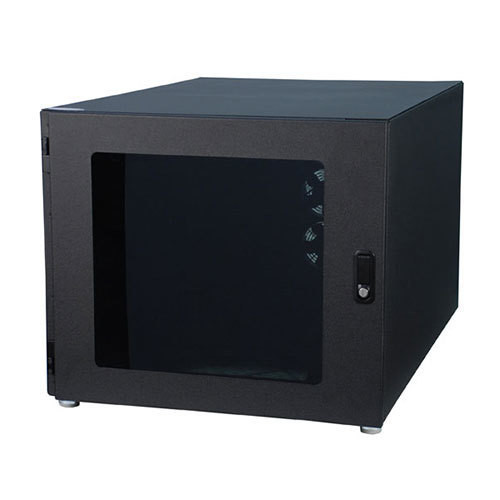
Acoustiquiet Why Quiet Rack
Learn MoreLearn more about Acoustiquiet Why Quiet Rack
Why A Soundproof Rackmount Cabinet?
Introducing A Quiet Rackmount Solution For Noisy IT Equipment
The Increasing Need For Noise Reduction Cabinets
The computer is an integral part of the workplace, and most of us depend on our servers to run our businesses. They are smaller, faster, more powerful every year and, unfortunately, noisier!
This increase in power and efficiency has benefits but recent studies highlight one negative – the persistent noise levels can significantly lower human productivity. These studies prove that in a typical fast-paced office environment, background noise can increase work-related stress and reduce concentration.
Many employees share an office with servers and their noise. The noise can be a constant loud high frequency, emitted from the server fans. This alone can seriously impede concentration and the ability to get work done. Add this to the other typical office noises, such as ringing telephones, conversations, other equipment and you have a highly stressful work environment, enough to drive anyone to distraction.
Save money
-
May eliminate the need for a dedicated server room, saving space and architect/contractor fees
- 100% portable means you take it with you to any part of your facility or if you change locations.
Noise control - why do you need it?
- A 5-decibel reduction can cut the risk of hearing loss in half.
- Productivity of employees. Prolonged exposure to loud environments creates stress and can lead to accidents.
- Insurance companies are applying pressure to corporations due to hearing loss claims filed under workman's comp laws.
- Government regulations enforced by OSHA, State and local laws.
AcoustiQuiet™ Sound Proof Server Cabinet
The truth is that different noise reduction enclosures can only truly be compared on a like for like basis, using exactly the same audio tests. Sound is a fairly complex subject and as such it is tempting for manufacturers to use this complexity to 'hide' undesirable testing results and also paint a rather 'rosier' picture than the whole truth to other test results!
For example, we state the noise sources used in our acoustic tests, but we often can't tell what other manufacturers have used as their sound sources: the type and character of a noise source in a test is important, as is the loudness (the quieter the noise source the more effective a soundproofed cabinet will appear!).
Other manufacturers may quote sound pressure levels so that products appear quieter or more effective. A sound pressure level is dependent on the surrounding environment and measured only at one location. A sound pressure measurement generally appears less than an equivalent sound power measurement for the same product!
Manufacturers may also quote a sound level reduction in a particular frequency band as "the dB reduction", which may be misleading. If you quote a sound reduction in a favourable frequency band, then you can make a product appear more effective than it is over the entire audible frequency spectrum (which is what we are really interested in).
We would rather under-promise and over-deliver than the other way round.
Why have you quoted a reduction in Sound Power and not Sound Pressure levels?
Sound power reduction figures may appear worse than others at first glance, but sound power gives a more useful figure for comparison between different products, and also a more 'rounded' and 'fuller picture' measurement of the overall sound reduction (in all directions, not just the best or most favourable ones!).
We have a white paper that might be of interest on a related subject (PC Noise) - it includes a few introductory paragraphs on acoustics, sound pressure and power levels, and the decibel scale etc etc - (it's available in PDF  here ) - this paper helps to explain why sound power is a more comprehensive & comparative measure of overall noise levels than sound pressure. (reprinted with permission from AcoustiProducts)
here ) - this paper helps to explain why sound power is a more comprehensive & comparative measure of overall noise levels than sound pressure. (reprinted with permission from AcoustiProducts)
We have quoted sound power levels (which is a measure of the overall sound energy output in all directions) and used recorded demos to demonstrate our products rather than sound pressure levels. We could choose to publish more impressive figures (such as the sound pressure level reduction 3m from the front of our units, or something similar), but we have published the overall fall in sound power level because these data are much more useful for comparison between our own products and similar products from other manufacturers.
We are not saying that sound pressure is not useful - it is if you want to know what the sound level is at a distance from a particular product in a particular direction and in a certain environment - but just not as useful for comparison between products.
Back to Top
